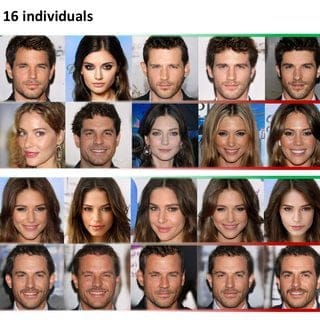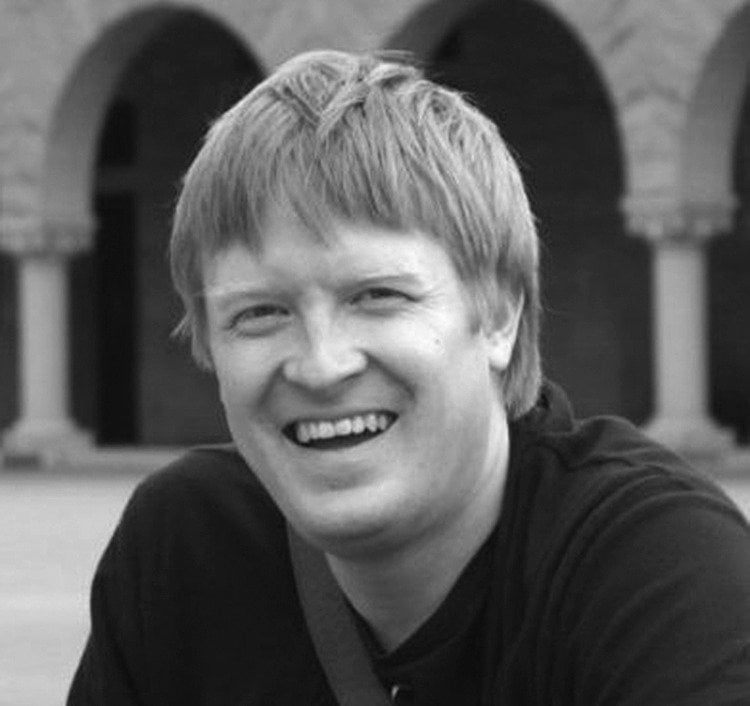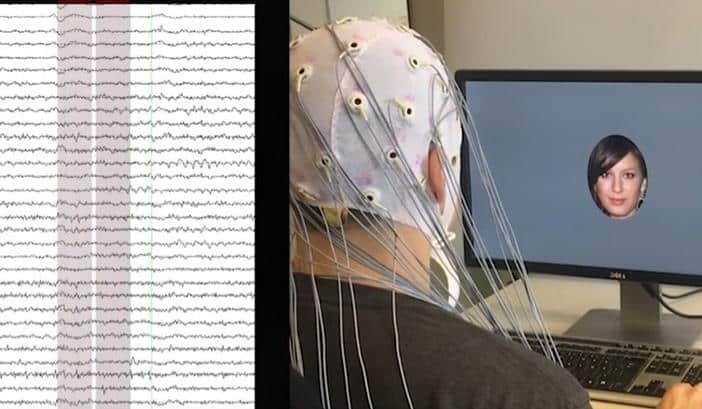Researchers have managed to get an AI to understand our subjective notions of what makes a face attractive to us.
The device autonomously creates the tailor-made portrait of a face that has a peculiar characteristic: we like it. We really like it, subjectively.
The applications are many: the results can be used, for example, to model preferences and decision-making, as well as to identify potentially unconscious attitudes.
Everyone could, for example, be put at ease with a more attractive-looking virtual helpdesk (or salesperson).

Tell me what brain you have and I'll show you an attractive face
Researchers from the University of Helsinki need Copenhagen they studied whether a computer would be able to identify the features of a face that we consider attractive and, based on this, create new images that correspond to our tastes.
The researchers used artificial intelligence to interpret brain signals and combined a brain-computer interface with a generative model of artificial faces.
“In our previous studies, we designed models that could identify and control simple portrait characteristics, such as hair color and expressed emotion,” says the Senior Researcher and lecturer Michiel Spape.
“However, people largely agree on who is blonde and who smiles. What is considered attractive is instead a more challenging object of study."
It's true: the judgment on what is attractive to each of us also depends on cultural and psychological factors that probably play unconscious roles in our individual preferences. This is why we often find it very difficult to explain what exactly it is that makes us something, or someone, attractive: beauty is in the eye of the beholder. And in the brain, I would add.
The study, which combines computer science and psychology, was released in February in the journal IEEE Transactions in Affective Computing.
Preferences exhibited by the brain
Initially, the researchers assigned it to a network adversary generative neural (GAN) the task of creating hundreds of artificial portraits. The images were shown, one at a time, to 30 volunteers who were asked to pay attention to the face they found attractive, while their brain responses were recorded via electroencephalography (EEG).
“It worked a bit like the dating app Tinder: participants swiped right whenever they saw an attractive face. We measured their brain response to the images,” he explains Michiel Spape.
In summary: researchers analyzed the EEG data with machine learning techniques, linking individual EEG data through a brain-computer interface to a generative neural network.
“A brain-computer interface like this can interpret users' opinions on the attractiveness of a series of images. On this basis it produces a completely new image of a face, with the characteristics of what a particular person finds attractive,” he says Tuukka Ruotsalo, Academy researcher and Associate Professor, who directs the project.

The test results
By testing the double-blind procedure, the researchers found that the new images matched the subjects' preferences with precision by over 80%.
Being able to evaluate attractiveness is especially significant, since this is a very personal psychological property. So far, computer vision has been very successful in classifying images based on objective patterns. Today we know that it is possible to detect and generate images based also on psychological properties, such as personal taste.
In the future, systems like this could enhance dating apps even more, without fail suggesting attractive-looking people to each of us.
But it's just a drop in the ocean. By perfecting this theory, artificial intelligence can be trained to extract decisions and preferences on virtually everything that interests us from reading our brains.
References: “Brain-computer interface for generating personally attractive images”,
Michiel Spape, Keith Davis, Lauri Kangassalo, Niklas Ravaja, Zania Sovijarvi-Spape, Tuukka Ruotsalo. IEEE Transactions on Affective Computing, 2021; 1 DOI: 10.1109 / TAFFC.2021.3059043


